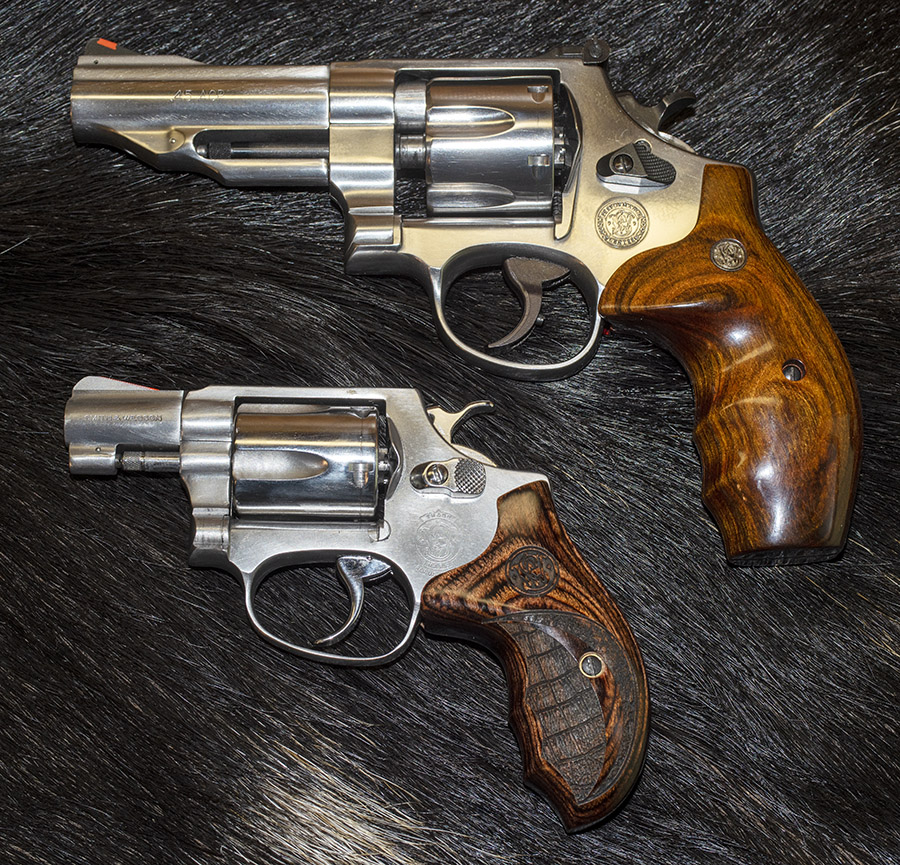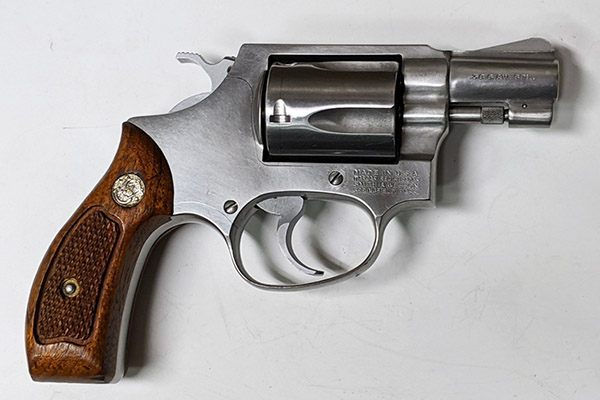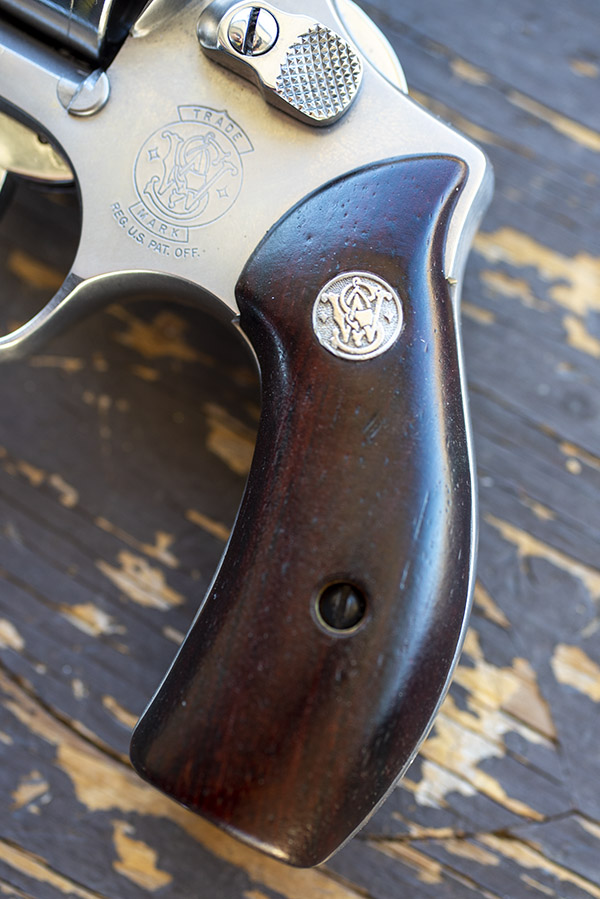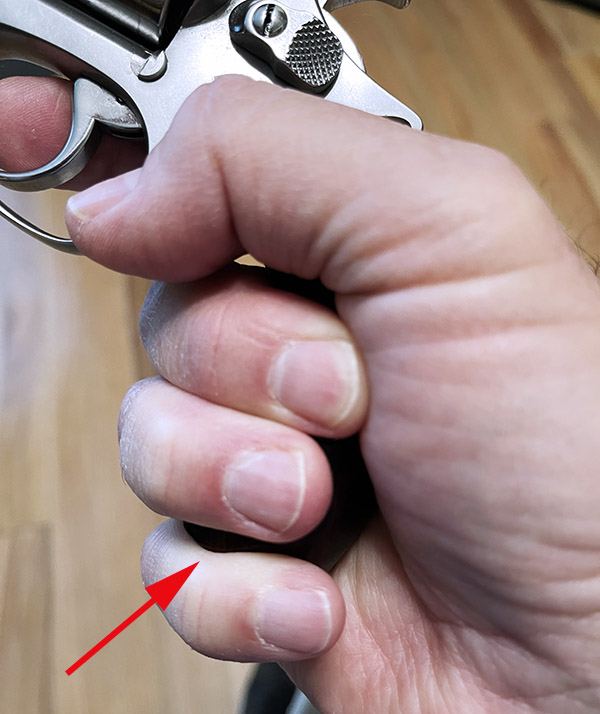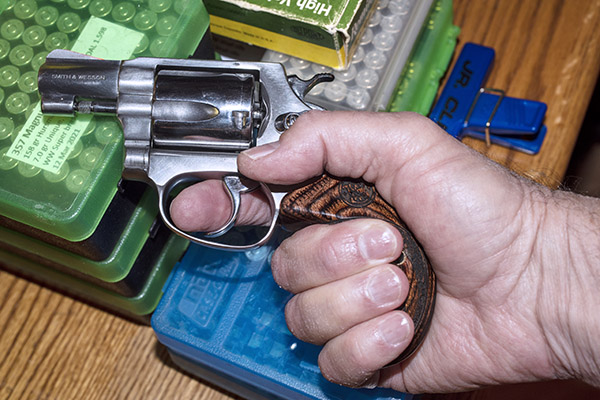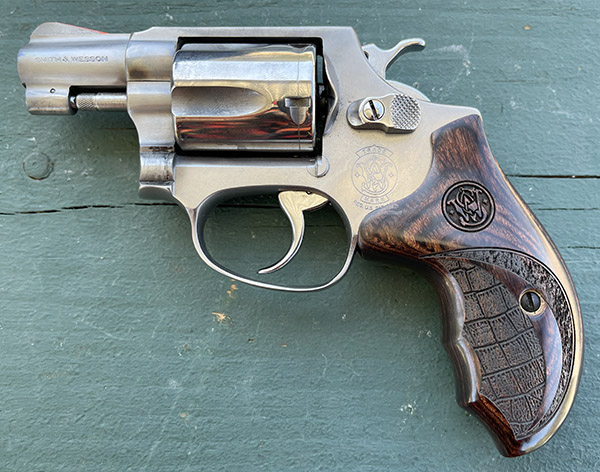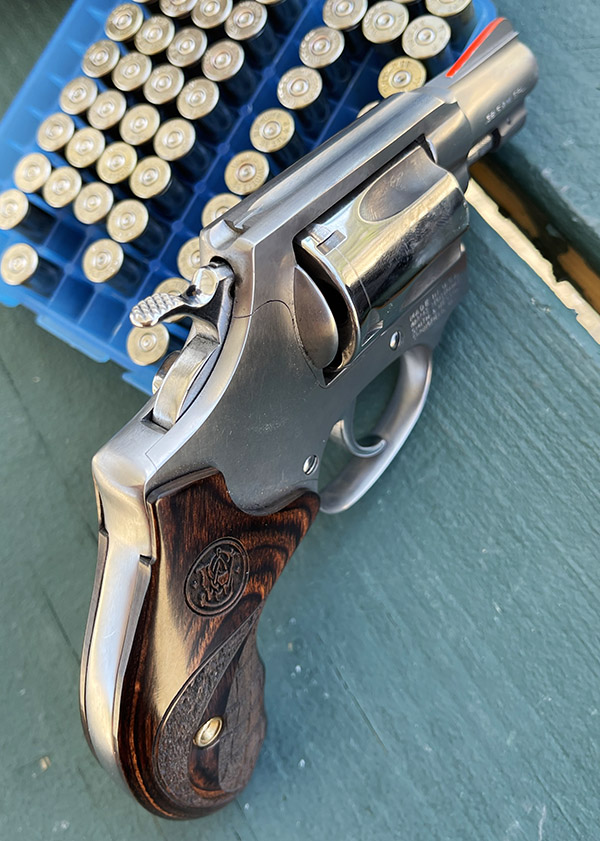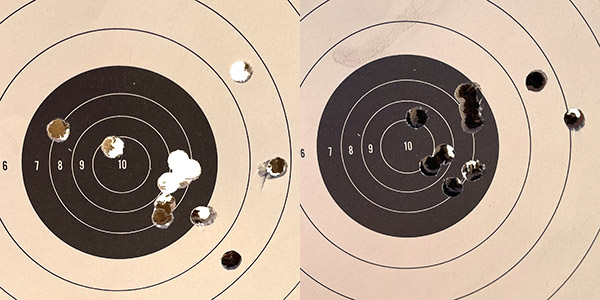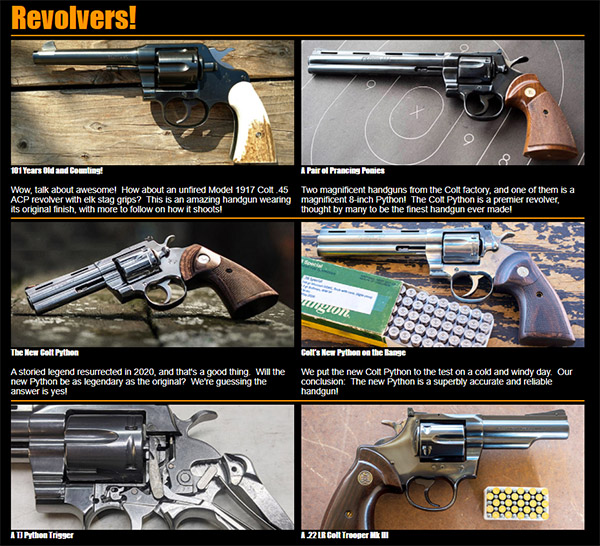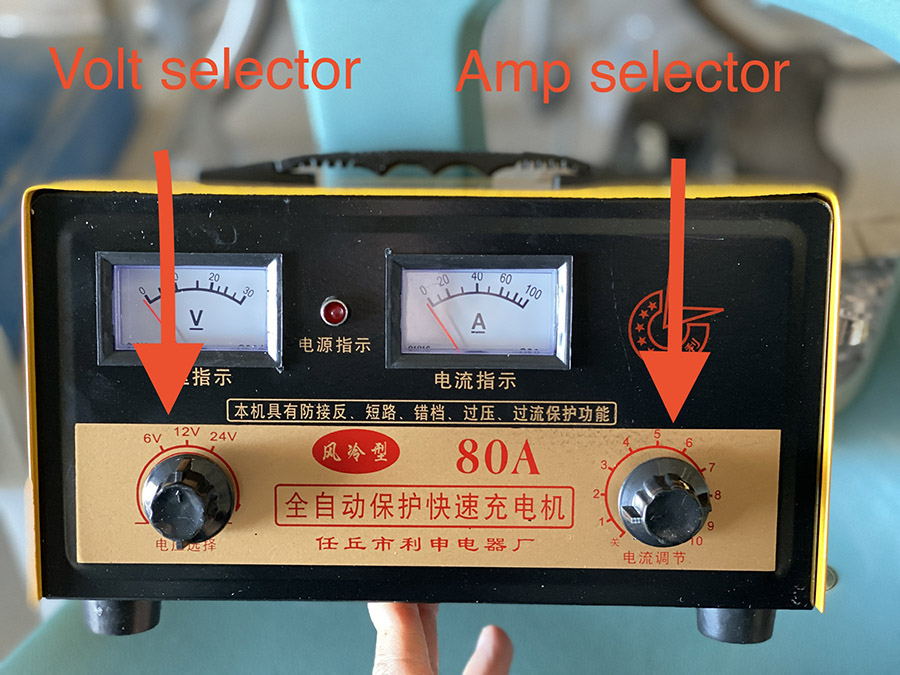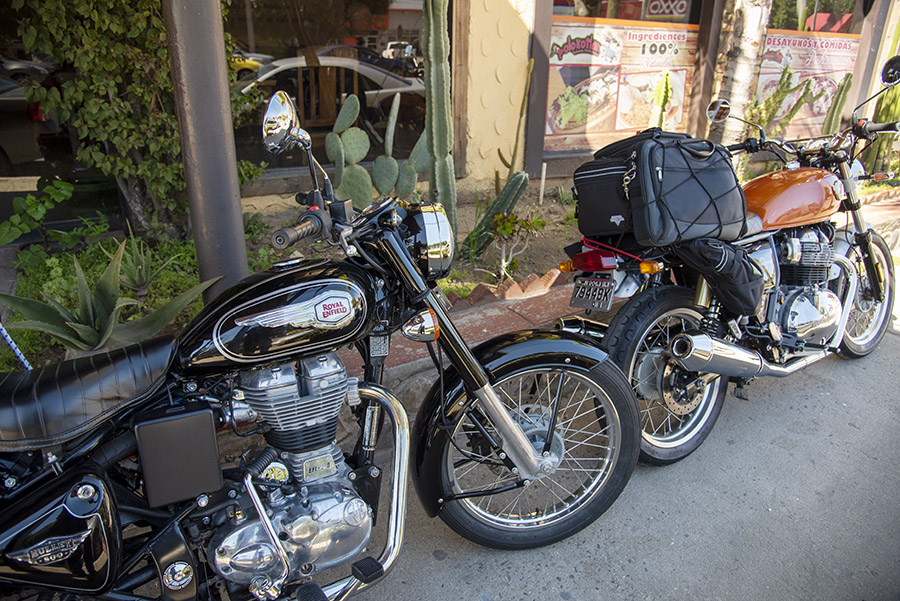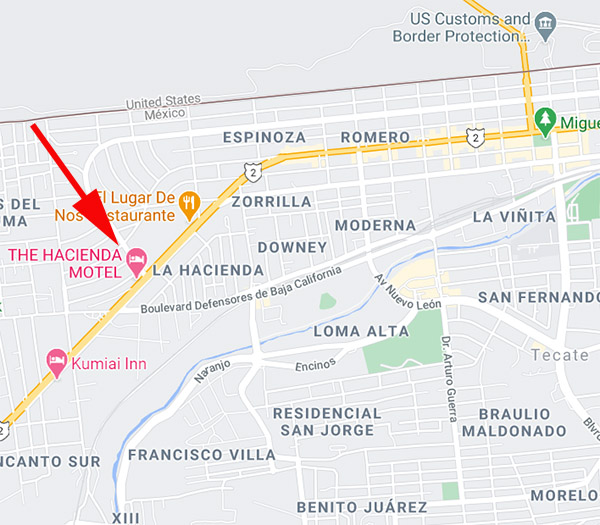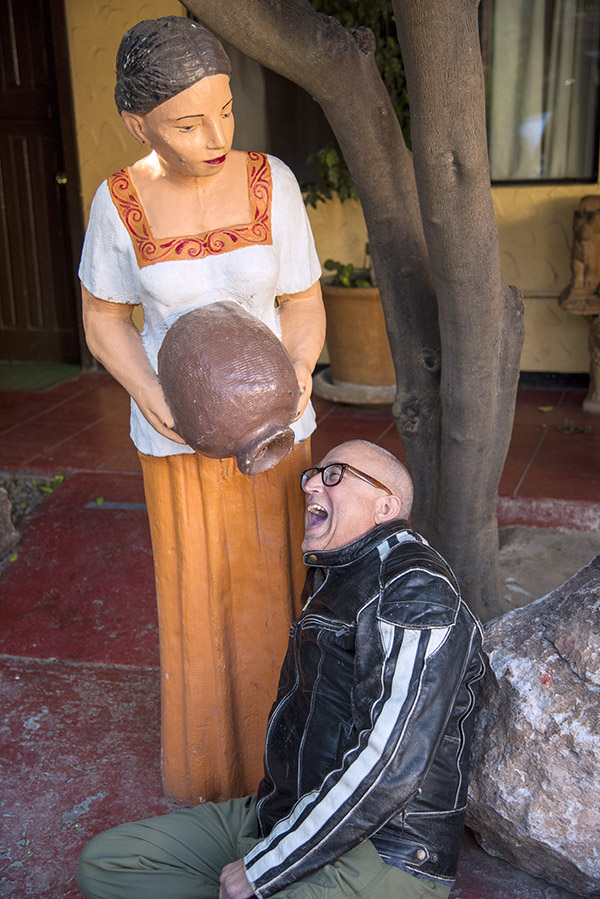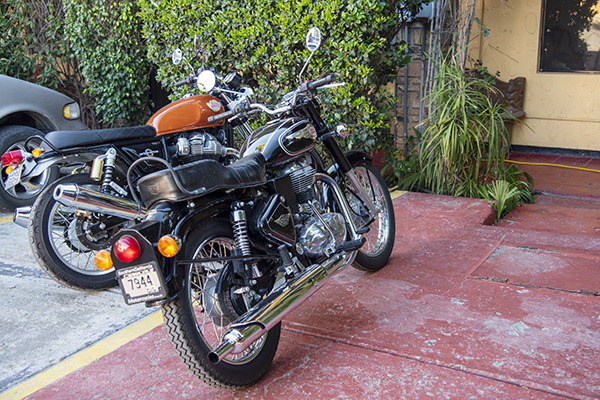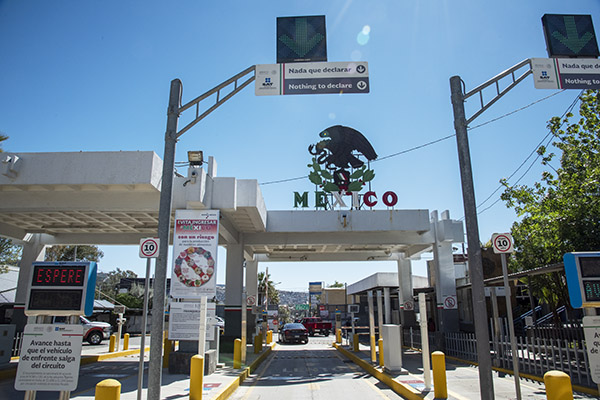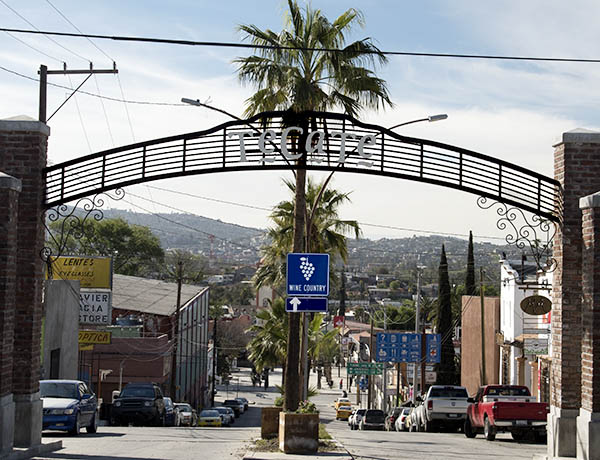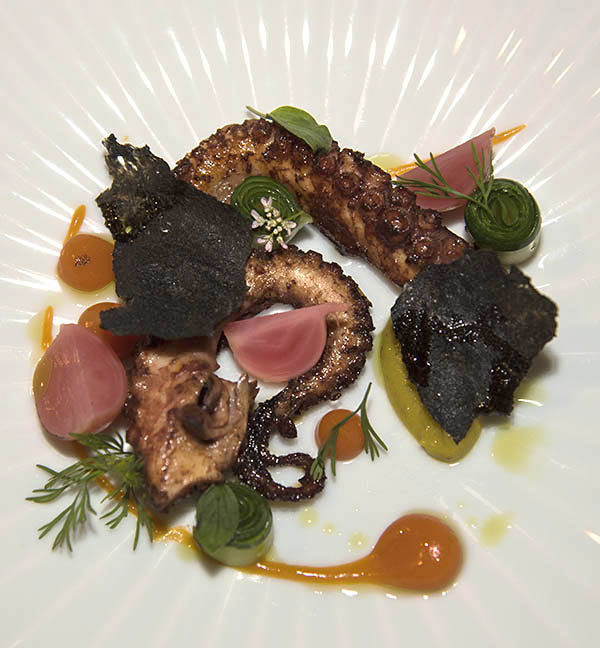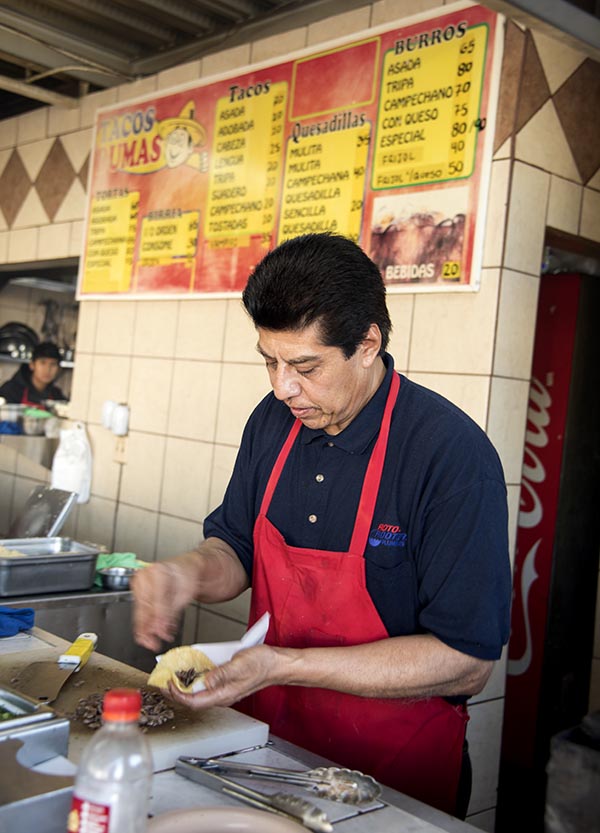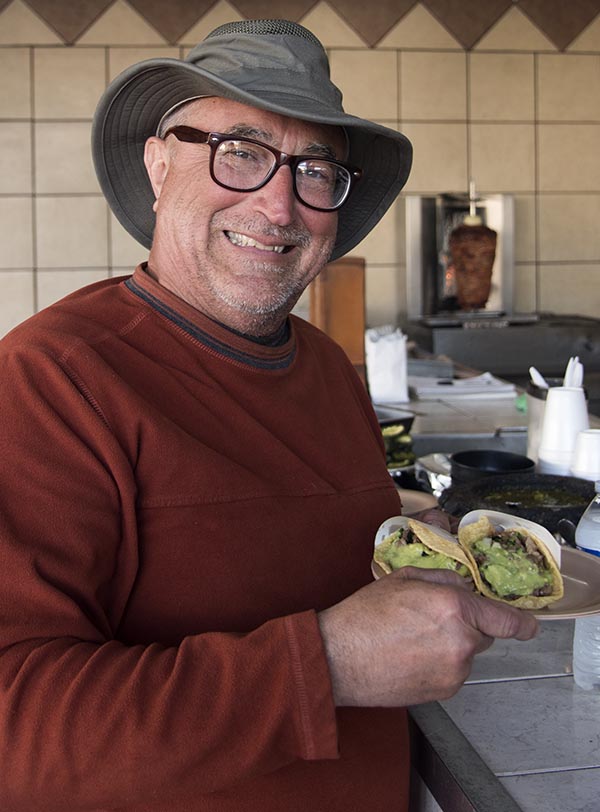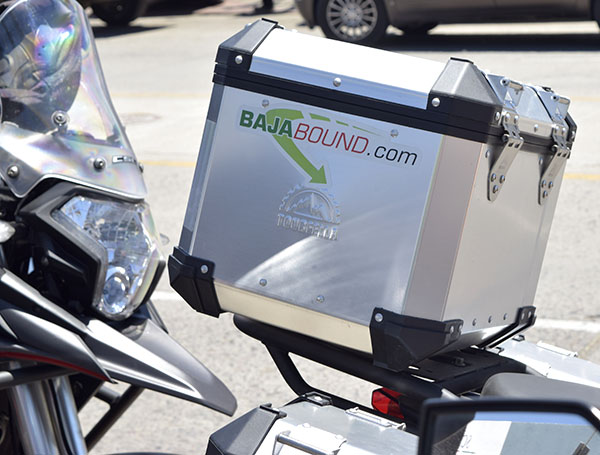Things happen, I guess, and one of the things that’s happened to me lately is my new Royal Enfield 650 Interceptor was recalled. As recalls go, it’s not that serious, I suppose. It has to do with brake caliper corrosion, and from what I’ve read, it might be related to road salt as used in the snowy parts of our country. Ain’t no snow in So Cal unless you get way up in the mountains, and we don’t use road salt. Eh, I don’t know…if all the dealer is going to do is look at it and tell me it’s not corroded, hell, I can do that. Maybe they’re replacing all of them. I gotta look into this more. I have had bad experiences on product recalls (including with my Henry 45 70 rifle), so unless the concern is real, I tend not to act on these things.
I thought that as long as I was going to be making an appointment to have the brake calipers checked out, I might as well go ahead and schedule the first maintenance. Whoa, was that ever educational. The first service is basically a valve adjustment, an oil and filter change, tightening the chain, checking the nuts and bolts for tightness, etc. You know, basic stuff.
I started by calling the dealer closest to me (Southern California Royal Enfield), and they quoted $580 for the service. Wow. There’s no shims and buckets in the valve adjustment (it’s just threaded locknuts, like on the CSC bikes or a Moto Guzzi), so the valve adjustment should go pretty quickly. $580. Wow, that’s steep, I thought. Especially for a service that I doubt would take even two hours. So I called Pro-Italia over in Glendale. They came in at $110 less than the boys in Brea ($470 for the first service, after they first told me it was $440, then $450, and then finally when I asked if they were sure about the number, the kid looked it up and told me it was $470). Wow, that’s quite a swing, and I’m not too sure about Glendale’s competence. They’re the same boys who sent Gresh and me down to Baja on a Bullet with nearly no oil, a rusty chain, and a battery that died on Day 3 (you can read about that here).
Then I got interested in how much price variation for the same service I could find, so I called the Royal Enfield dealer in San Diego (Rocket Motorcycles). They won the prize for the lowest quote at $368.55, which almost seemed sort of reasonable to me. San Diego is 120 miles south of here, though, so it’s really a nonstarter for me. I thought I would try one more, so I called the Royal Enfield dealer in San Jose, and not surprisingly, they got top billing at $600. Hey, those Bay Area and Silicon Valley entrepreneurial types are rolling in dough.
If I lived in San Diego, I’d think about heading over there, but I’m not going to do that. I’m the guy that wrote most of the service manuals for CSC (with a lot of the “how to” demonstrated and explained by Gerry Edwards), and the Royal Enfield service manual is a free download.
The biggest part of the first service is adjusting the valves, and I doubt that would take more than an hour. I can change the oil and the filter, and I can tighten and lube a chain. I know which way I’m going on this. I may bring the Enfield in for the caliper recall because that’s a freebie. As for the first service, I’ll pick up the synthetic oil and a filter, do the valve adjustment and the rest, and keep that $368, or $470, or $580, or $600 where it belongs: In my pocket.
Never miss an ExNotes blog!
Read the entire Enfield Baja trials (for both the Bullet and the Interceptor) here!

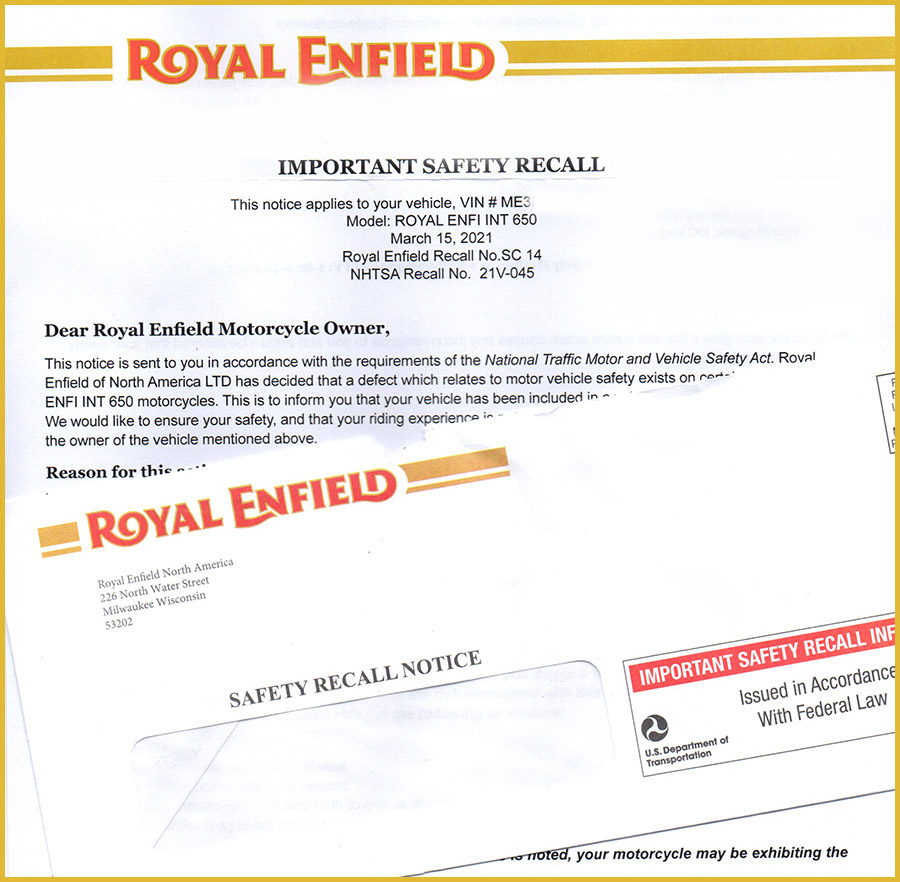

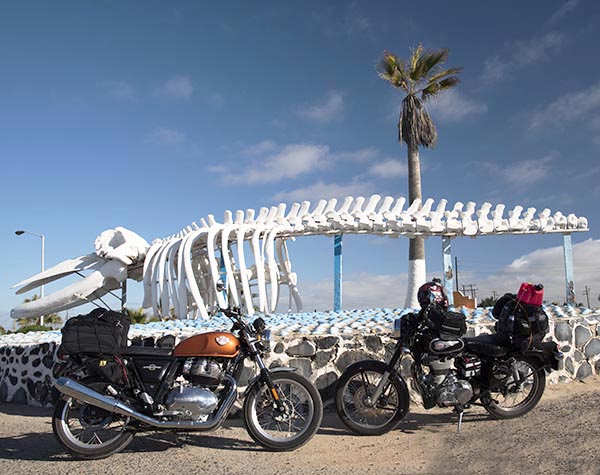
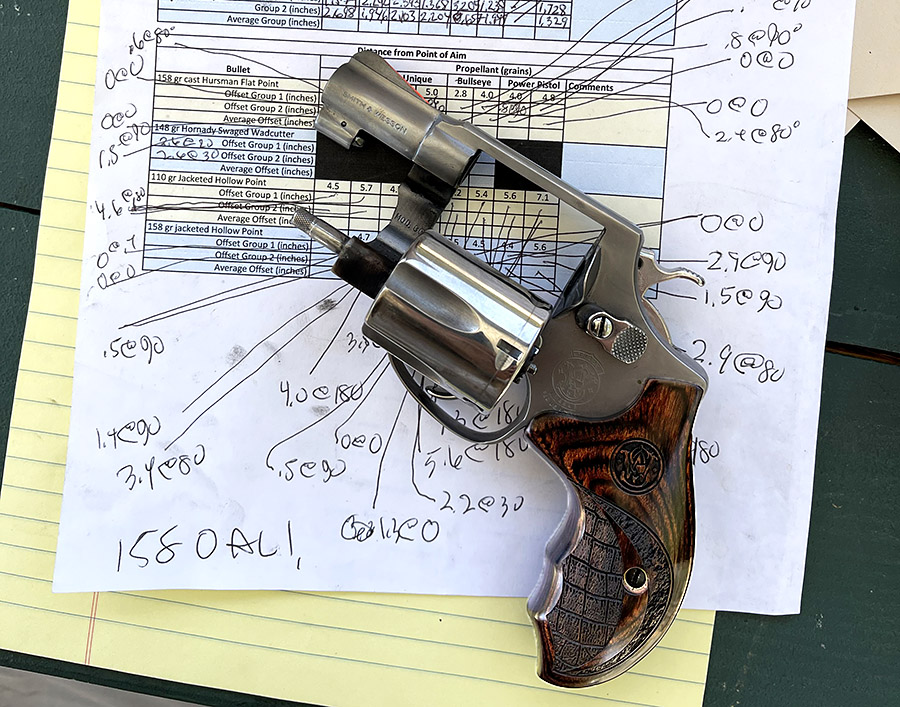
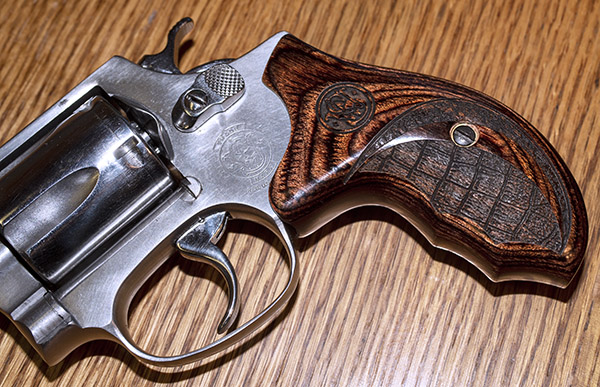
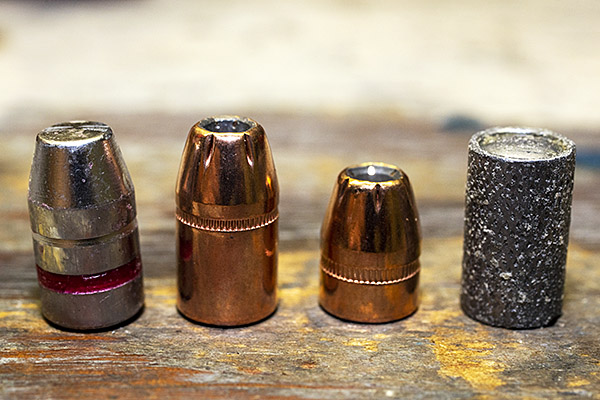


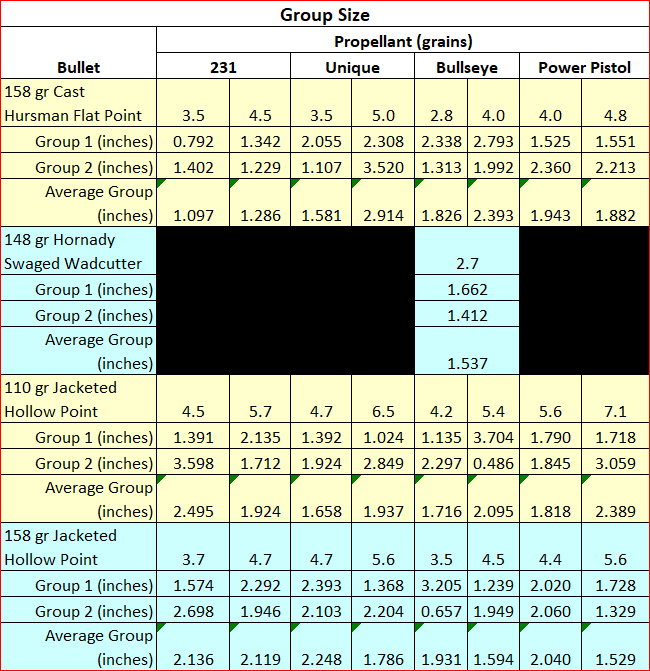
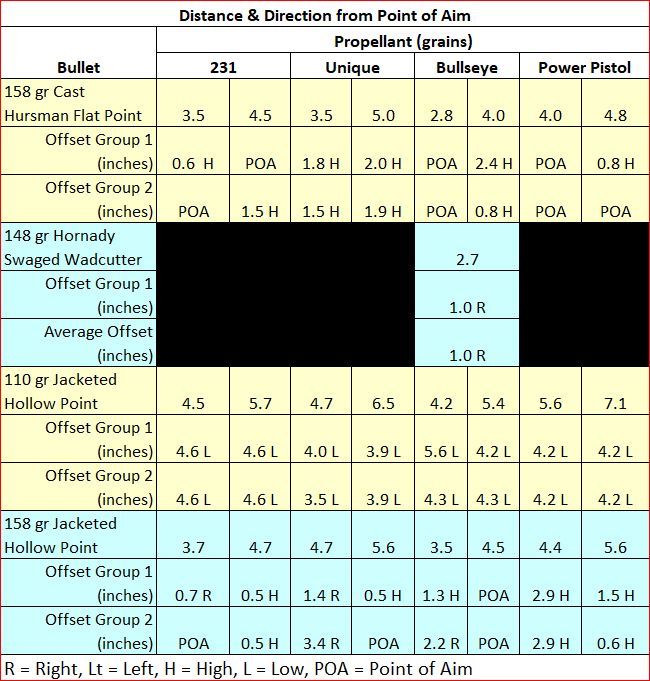







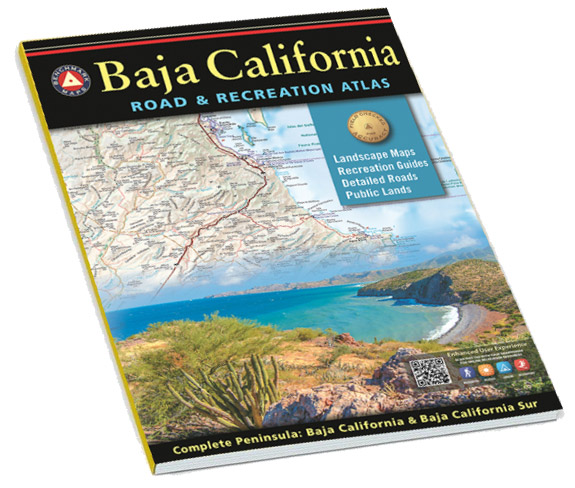

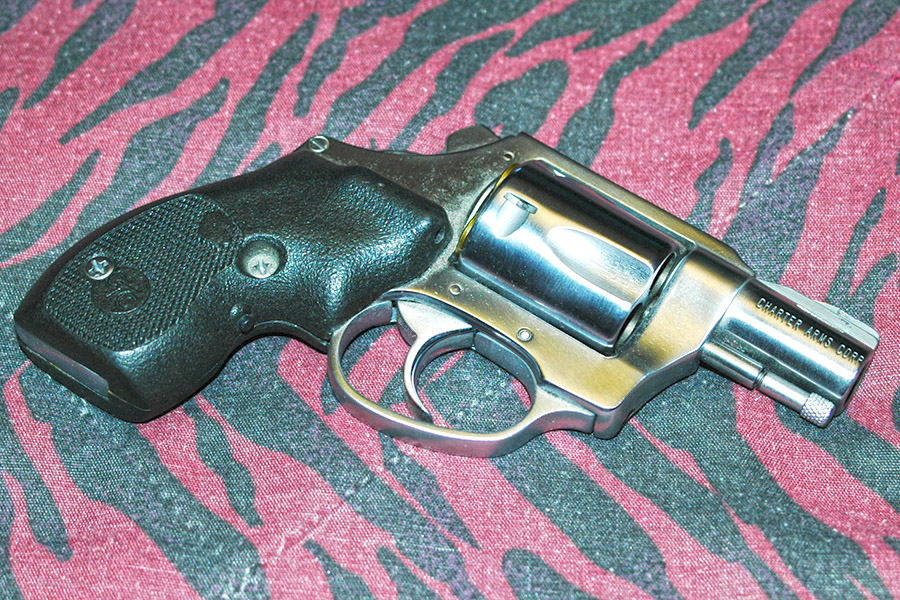
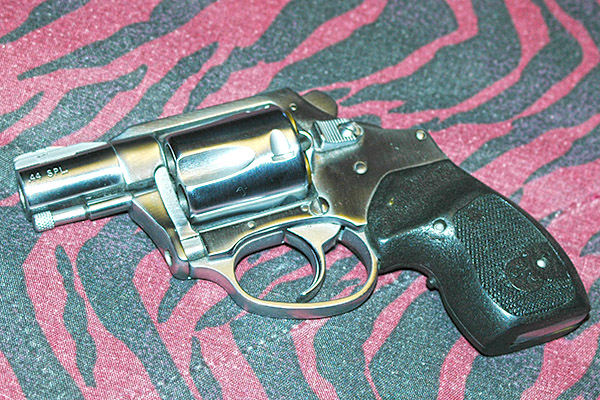

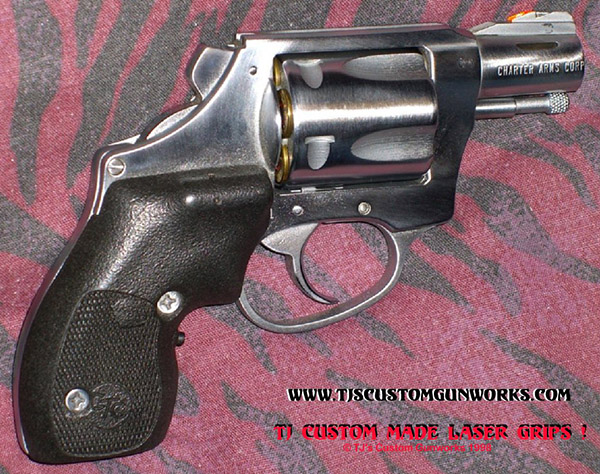

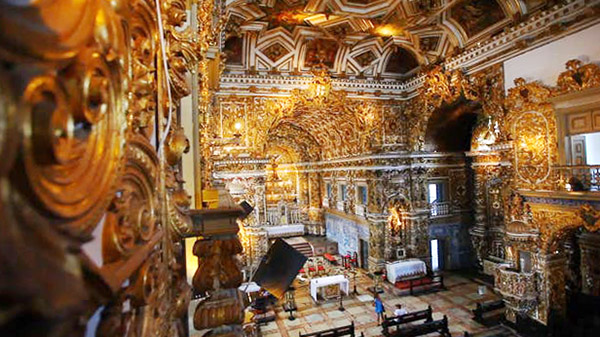
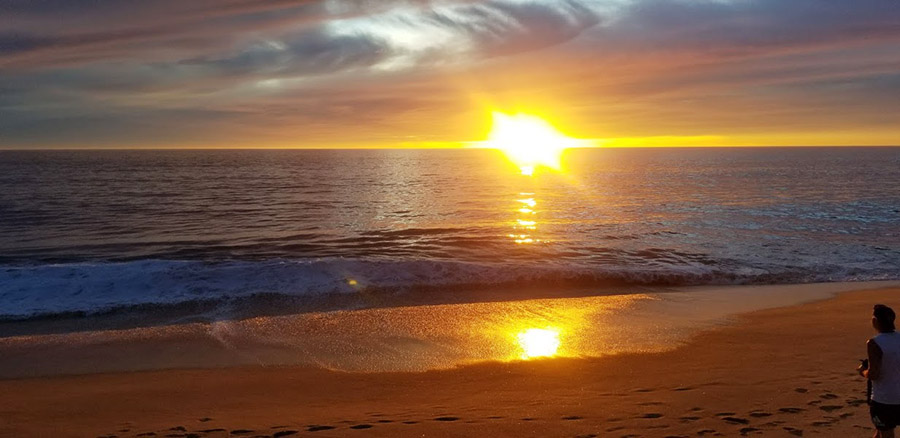
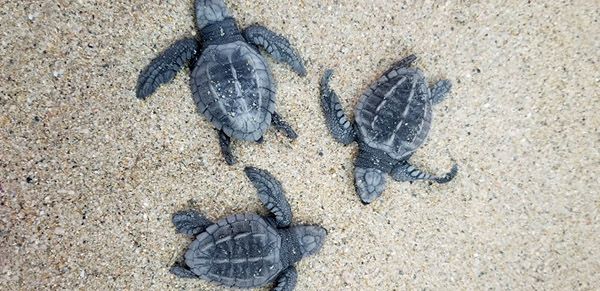
 Every day from around the 1st of December through the end of February there is a small, greenhouse-looking hut along the beach just north of Todo Santos, where the waves from the Pacific Ocean crash with such a concussion you almost feel nauseous from the vibration off this massive surf relentlessly slamming into the white sand beaches. This remote beach is where you can experience a magical wonder of life, baby sea turtles crawling into this violent ecosystem as their first test in their new world.
Every day from around the 1st of December through the end of February there is a small, greenhouse-looking hut along the beach just north of Todo Santos, where the waves from the Pacific Ocean crash with such a concussion you almost feel nauseous from the vibration off this massive surf relentlessly slamming into the white sand beaches. This remote beach is where you can experience a magical wonder of life, baby sea turtles crawling into this violent ecosystem as their first test in their new world. Once the sun begins to set it is time to set these little creatures free. We each take a bucket and walk about 20 feet away from where the surf is crashing and tip the bucket, thus releasing the sea turtles to crawl out onto the still sun-warmed sands.
Once the sun begins to set it is time to set these little creatures free. We each take a bucket and walk about 20 feet away from where the surf is crashing and tip the bucket, thus releasing the sea turtles to crawl out onto the still sun-warmed sands.